February 22, 2002
Today we turned into typical Holy Land "pilgrims," torpedoing through as many holy sites and churches as possible. We figure that three years here should allow us at least one day like this.
Elizabeth lights a candle in Cana’s Greek Orthodox Church.
Our first stop was Kufr Qana, or as it's known in John 2, Cana of Galilee. It was here that Jesus, attending a wedding with his mother, is convinced to perform his first public miracle of turning water into wine. It's such a prosaic story, such an interesting choice of revelation. A wedding, a celebration, a mundane experience in many ways. Both the Franciscans and the Greek Orthodox have churches dedicated to the miracle, the former claiming the actual location and the latter claiming some of the original stone vats involved in the miraculous transformation. The stores nearby all sell "Cana wine", ironically produced and bottled in settlements in the Hebron valley.
A 2000 year old boat found in the Sea of Galilee.
We then headed over to the Sea of Galilee, commonly known as the Sea of Tiberias. We had seen the city of Tiberias last April and this time we were eager to see what else is near the water. We took a few minutes at a museum north of town whose main attraction is a 2000 year-old boat. It's more a museum as a testament to the technology which was able to preserve it once it was pulled it out of the mud which had protected it for so long. Much of its attraction hangs on speculation - was it Jesus' boat? It was very interesting to see its shape and size, and read about how many different kinds of wood were used in it, often a bit here and there as patchwork.
More ancient mosaics at Tabgha.
Incredible mosaics at Tabgha church.
From there, it was back to the churches: first, Tabgha (the Arabized name for the Greek heptapgon - seven springs), also known as the Church of the Transfiguration of Loaves and Fishes. The event it marks is one of the few stories told in all four gospels (e.g. Luke 9), indicating its centrality to the early Christian community. Within the church is a Byzantine era mosaic which is perhaps unparalleled in its beauty and detail - at the center, under the altar, is the famous fish and loaves image. Throughout the rest of the church, Elizabeth was pleased to see beautiful, detailed mosaics of birds, flowers, and (interestingly) buildings. It reminded her of the work she'd done in Chicago, celebrating harmonious coexistence of people in nature.
The Primacy of Peter, built along the shores of the Sea of Galilee.
Nearby is the church of the Primacy of Peter where Jesus told him to "feed my sheep" (John 21). While we were there, we could hear what sounded like mortar shells being fired. We weren't far from the Jordanian border, and a few months ago there was an exchange of gunfire. We asked and were told it had something to do with fishing or fishfarms. OK... The church building itself is quite simple, but absolutely gorgeous resting on the banks of the Sea on what appears to be old volcanic rock.
Archaeological finds at Capernaum.
We left the sounds of fish-frightening behind and headed to nearby Capernaum. It was there Peter lived, as did Jesus after he left Nazareth behind. Many other stories from the gospels took place here, including healings and the like. The remains of an old house church can be found here, believed to be the site of Peter's house. Not far away are the remains of an old synagogue.
Treasures of ancient Capernaum.
It was a while before the Church of Beatitudes would be open, so we headed up to find lunch. The nearest town with an open restaurant was Rosh Pina. From one side we could see the Sea of Galilee, and from the other the snowpeaks of Mt. Hermon (in Arabic, Jabal as-Sheikh). The town has retained its "frontier" feel, not unlike a Colorado skiing town in summertime.
The view from the Mount of Beatitudes down toward the Sea of Galilee.
A church at the Mount of Beatitudes.
We returned back to the Church of Beatitudes, the supposed site of the Sermon on the Mount (Matthew 5-7). The church here is surrounded by gardens and is a far cry from the desert landscape we had imagined the sermon to take place in. At each of these spots we stopped and read the story connected with it. The sermon's calls of "blessed are the peacemakers" and "turn the other cheek" seem as distant - and as necessary - as ever in this place. We completed the cycle around the lake as we headed back to Nazareth. The view of the sea is truly wonderful.









